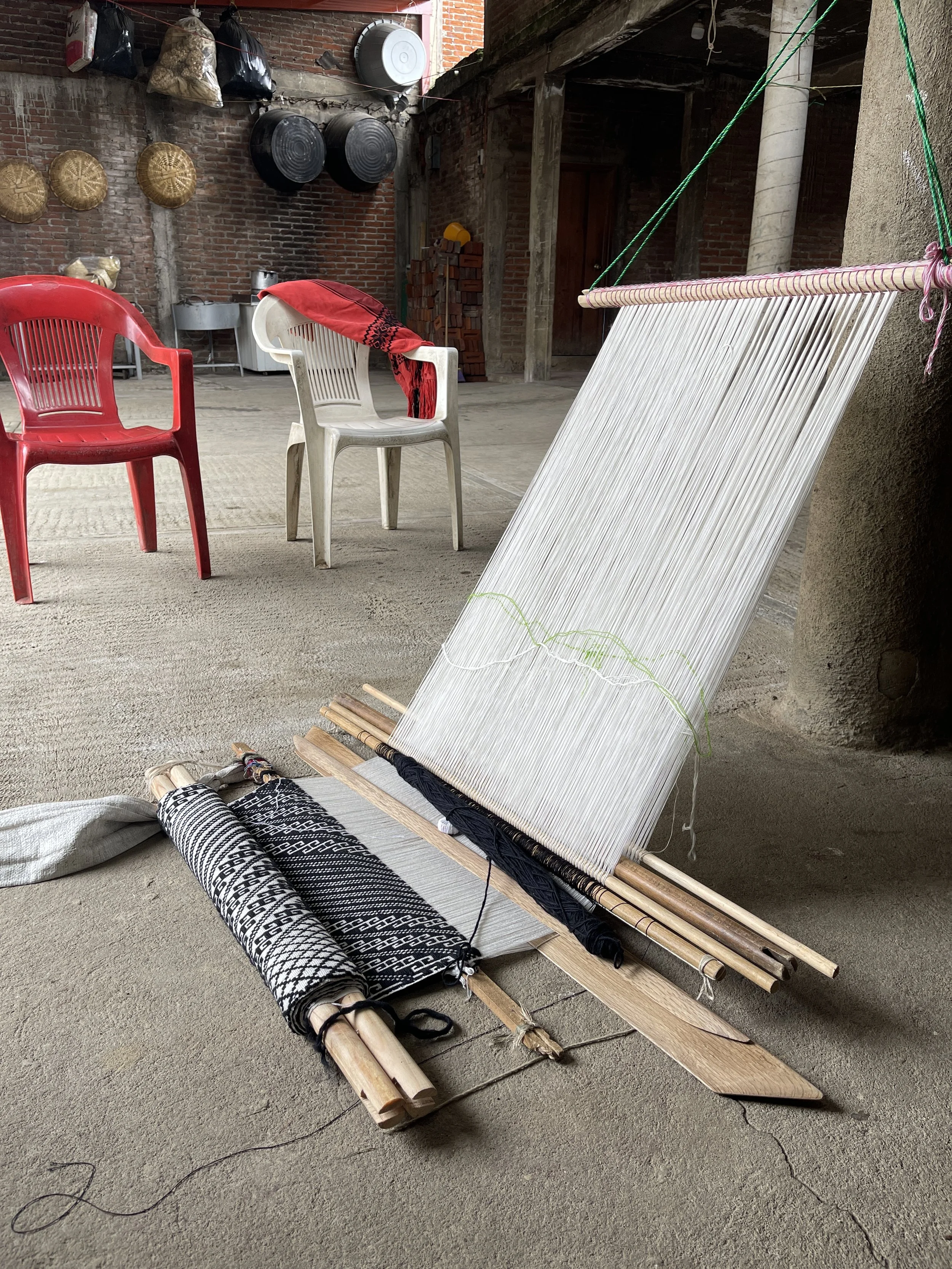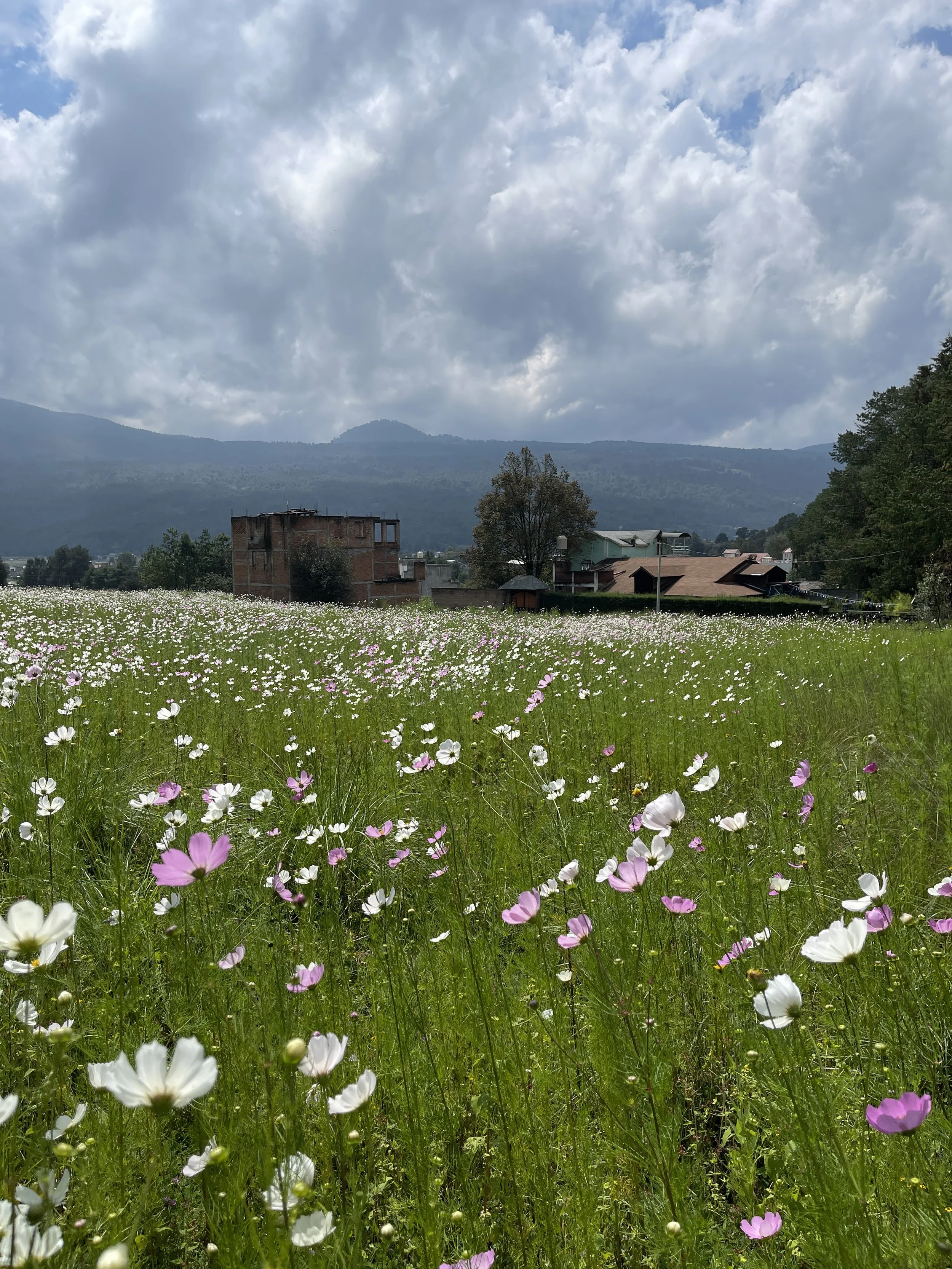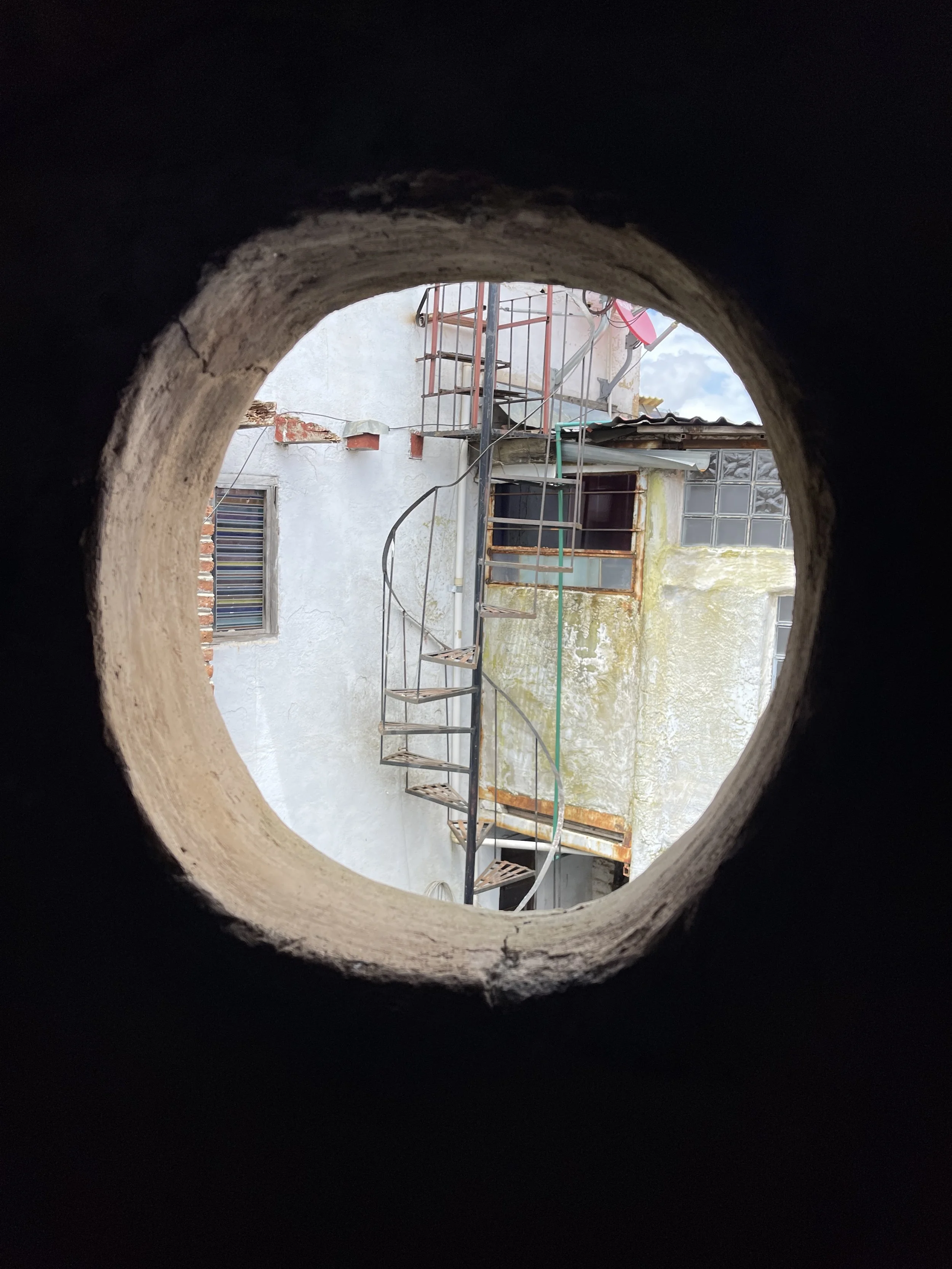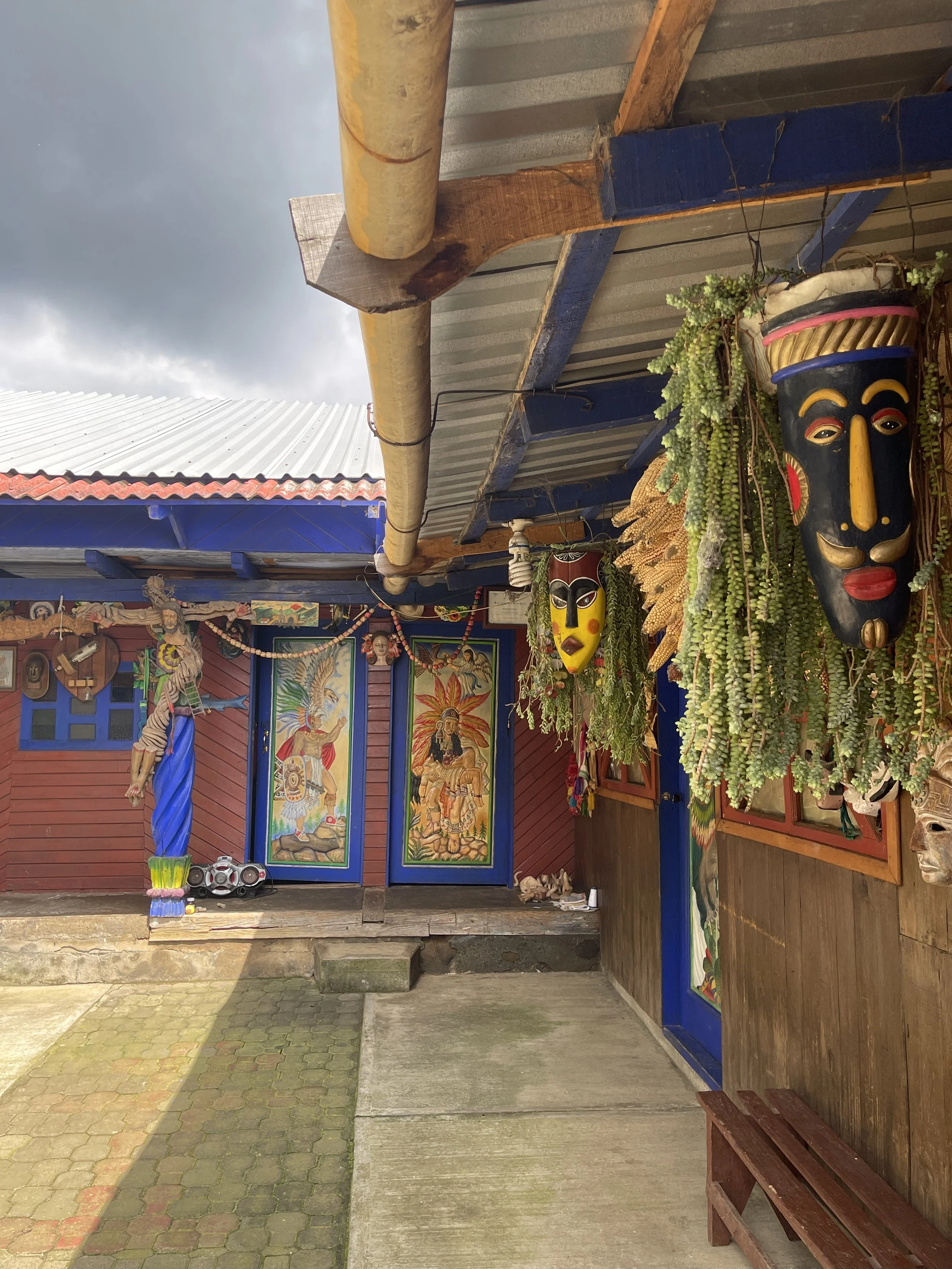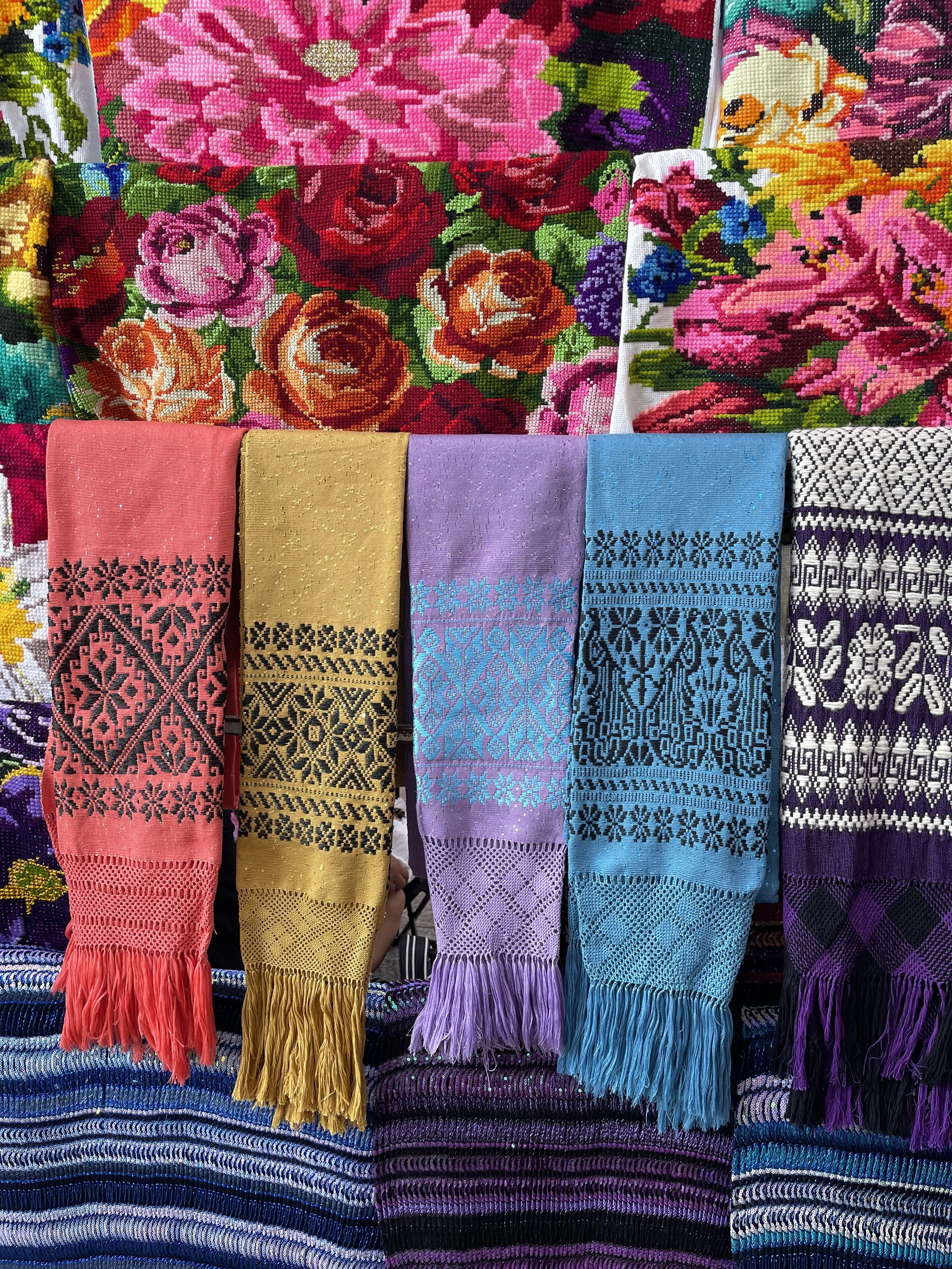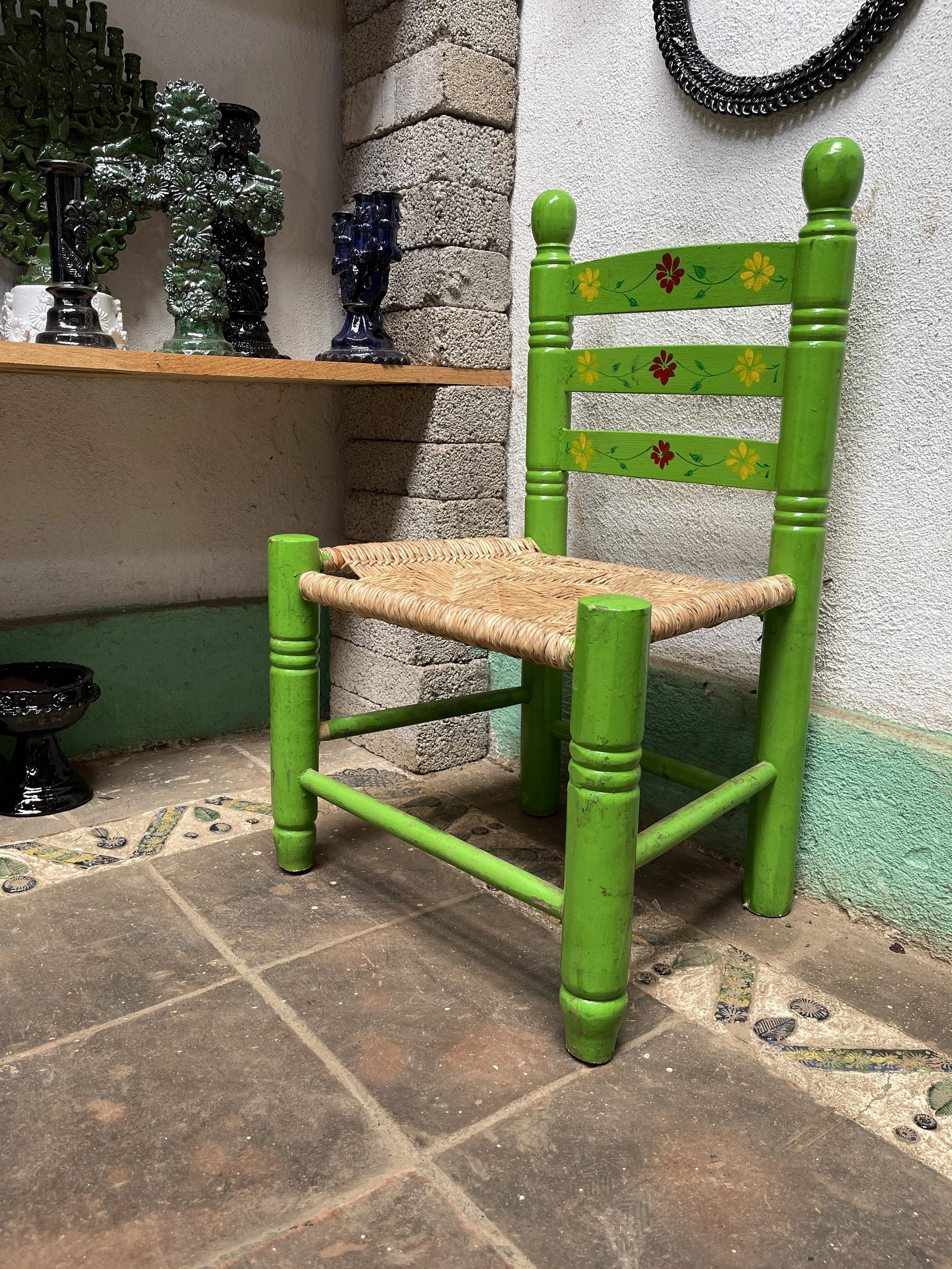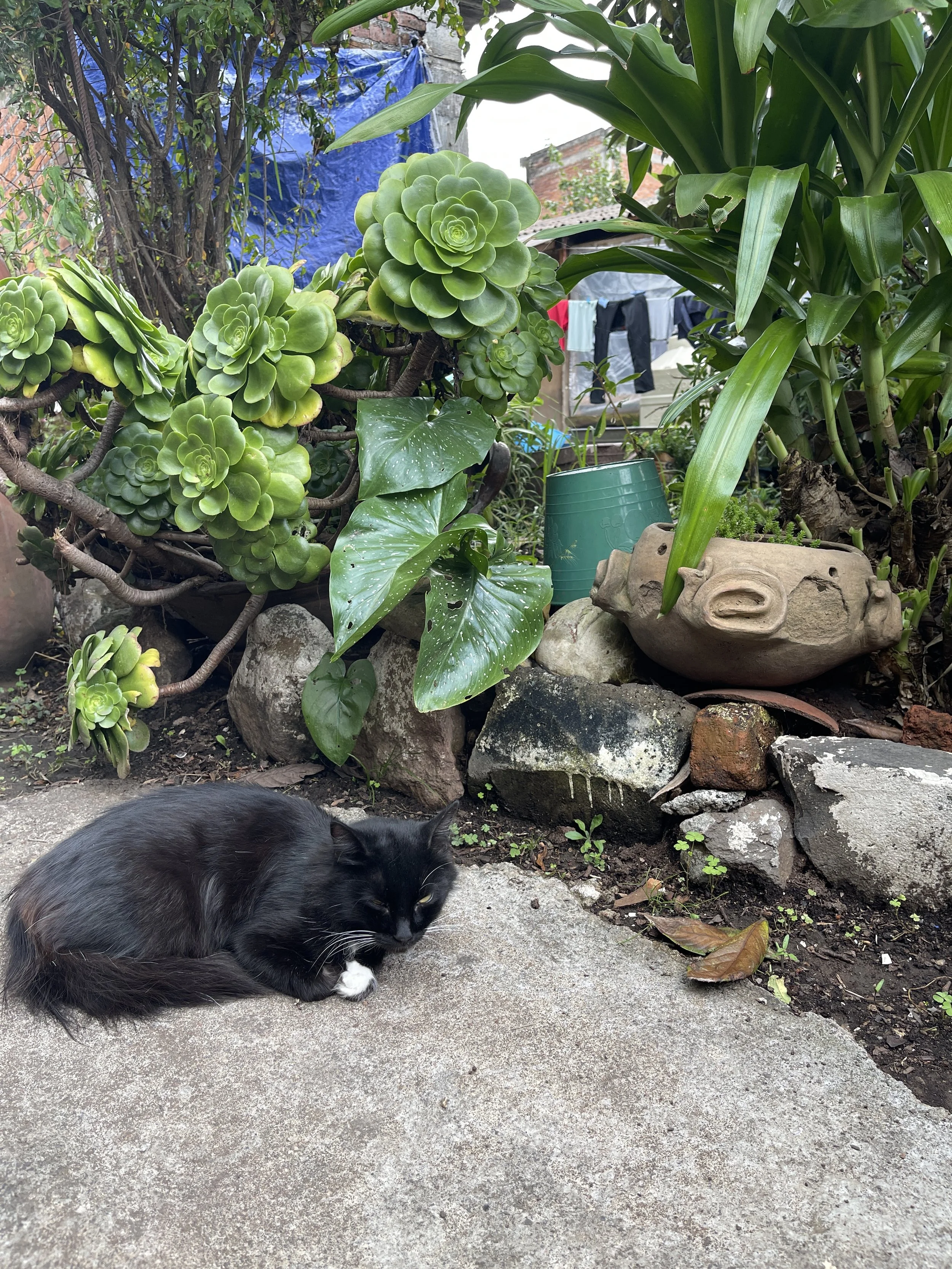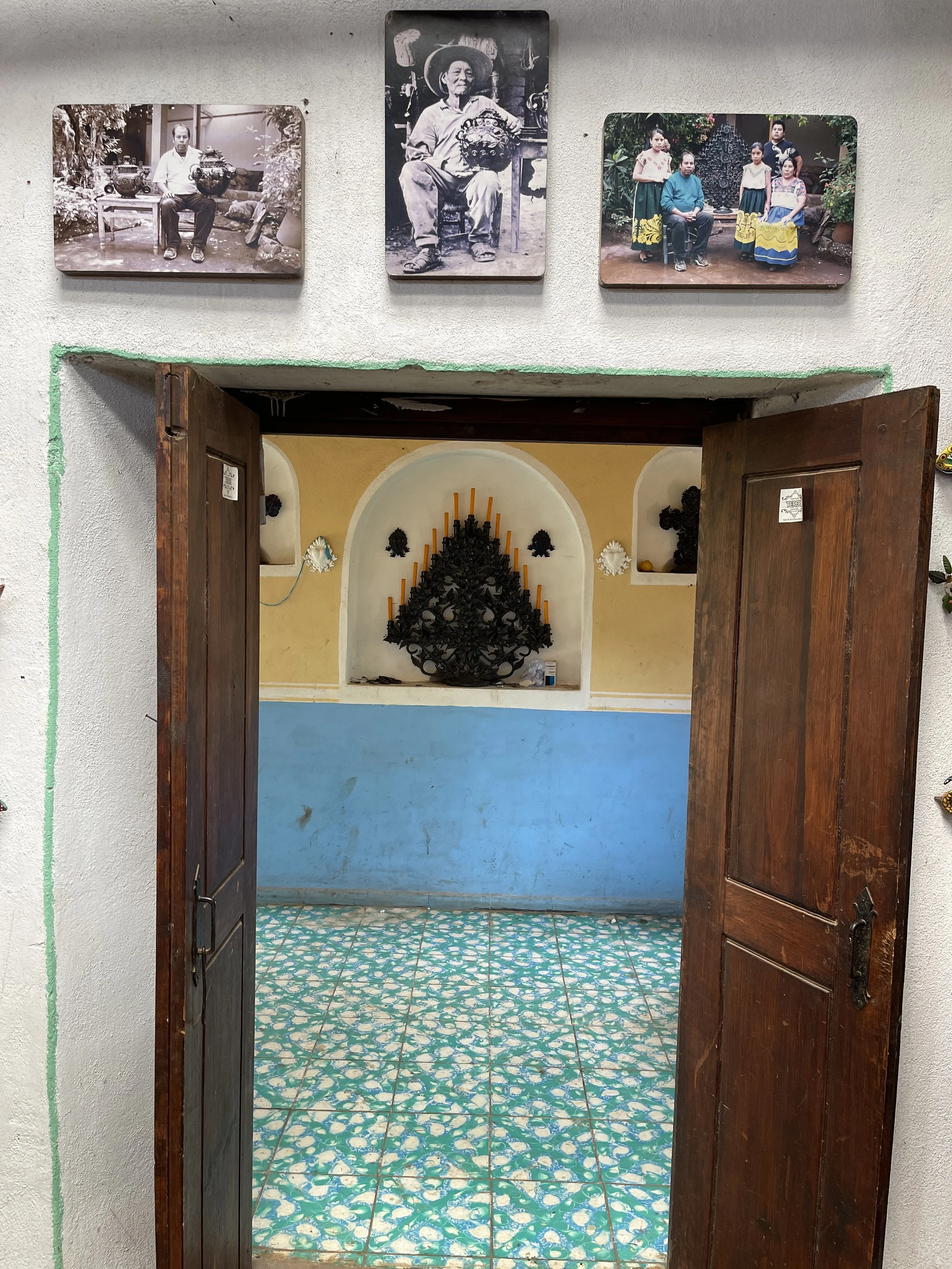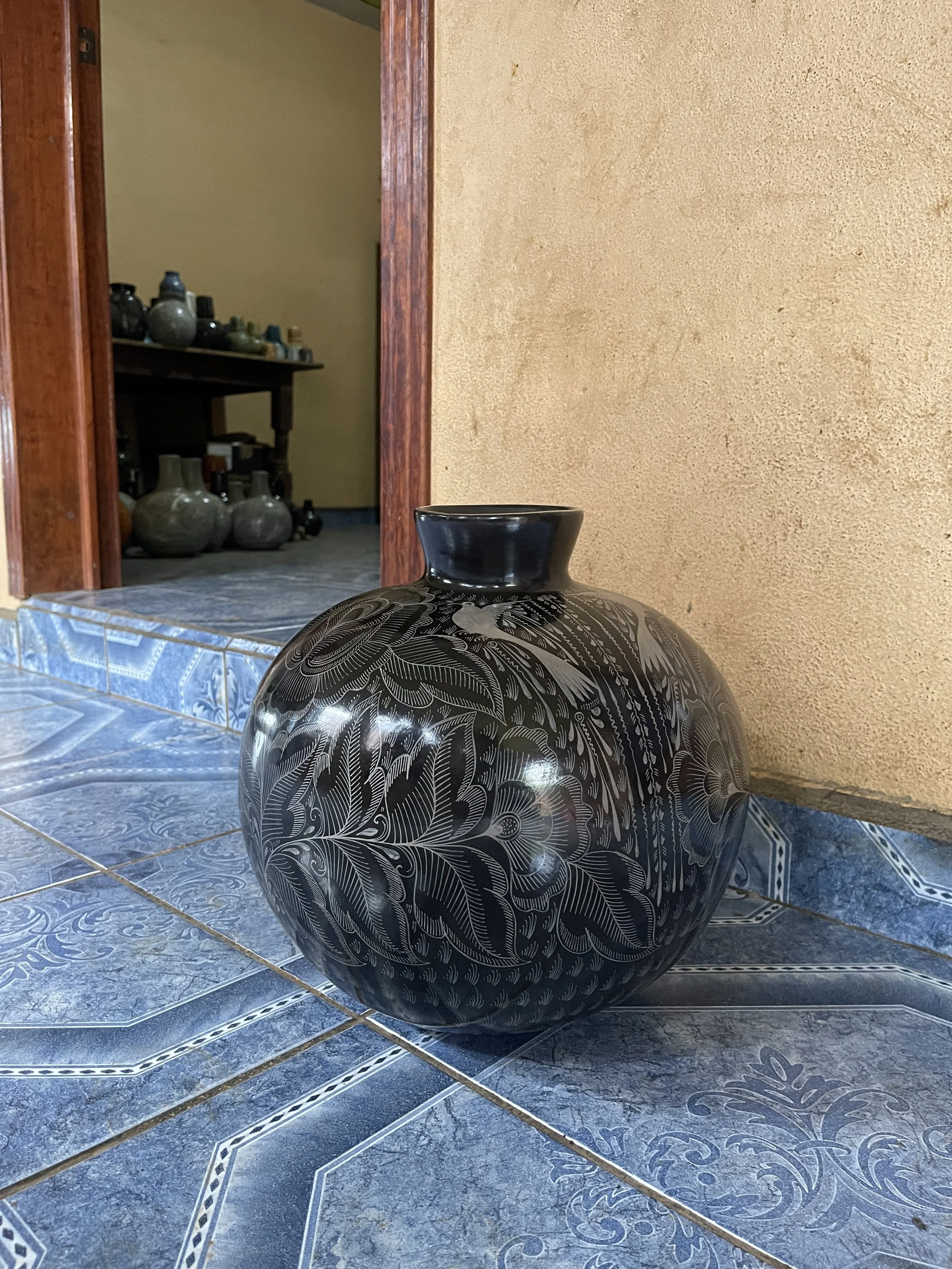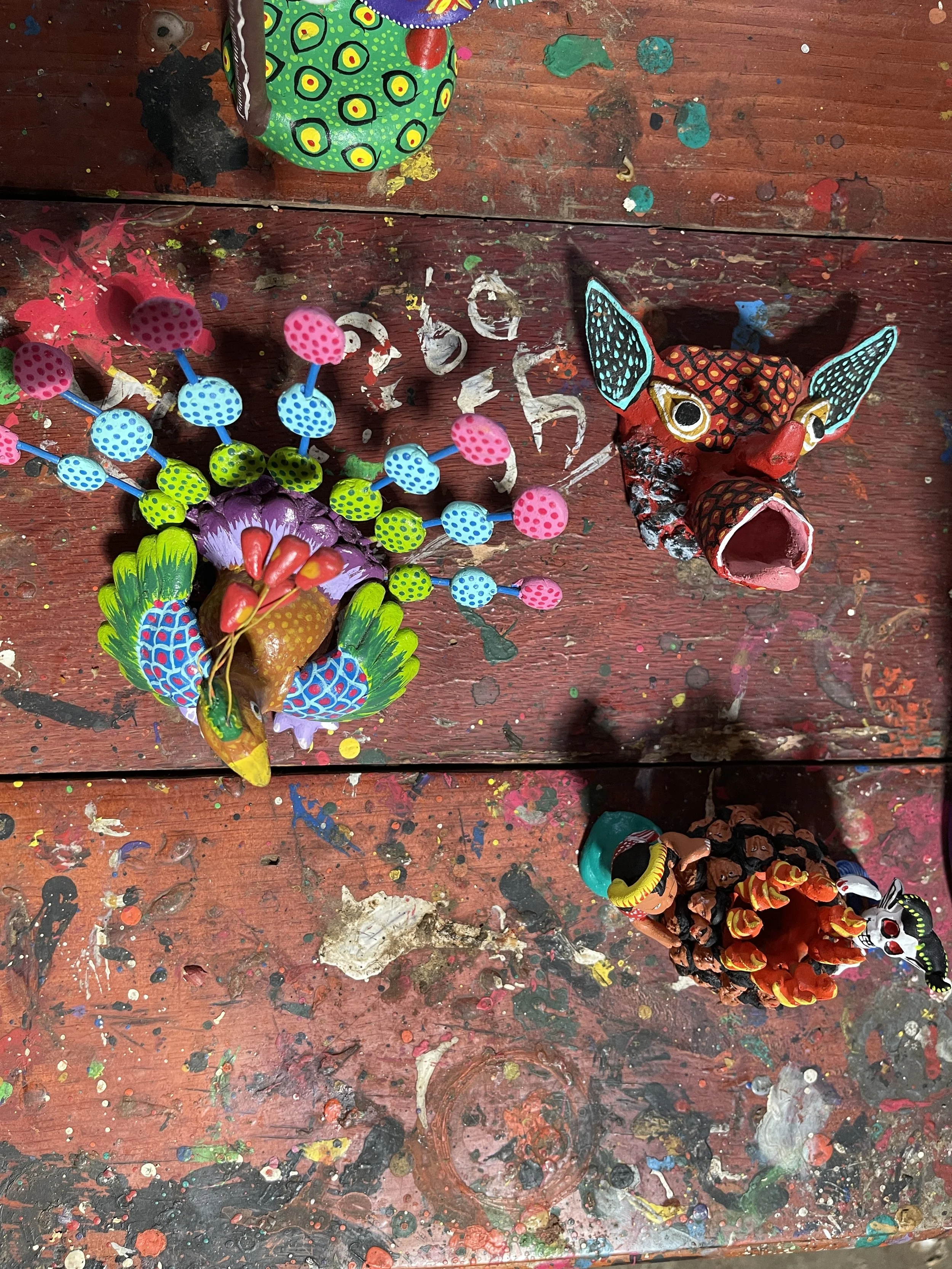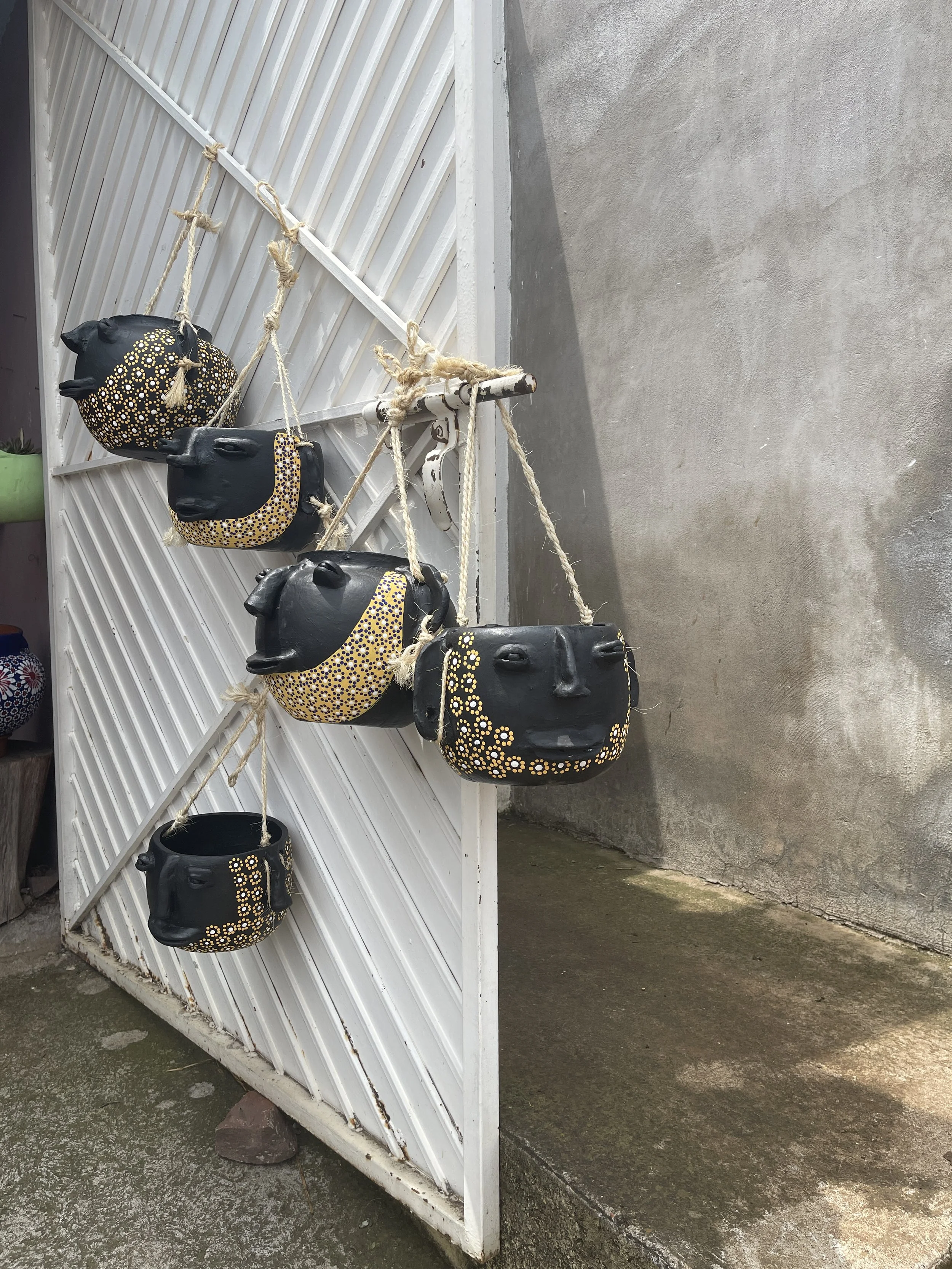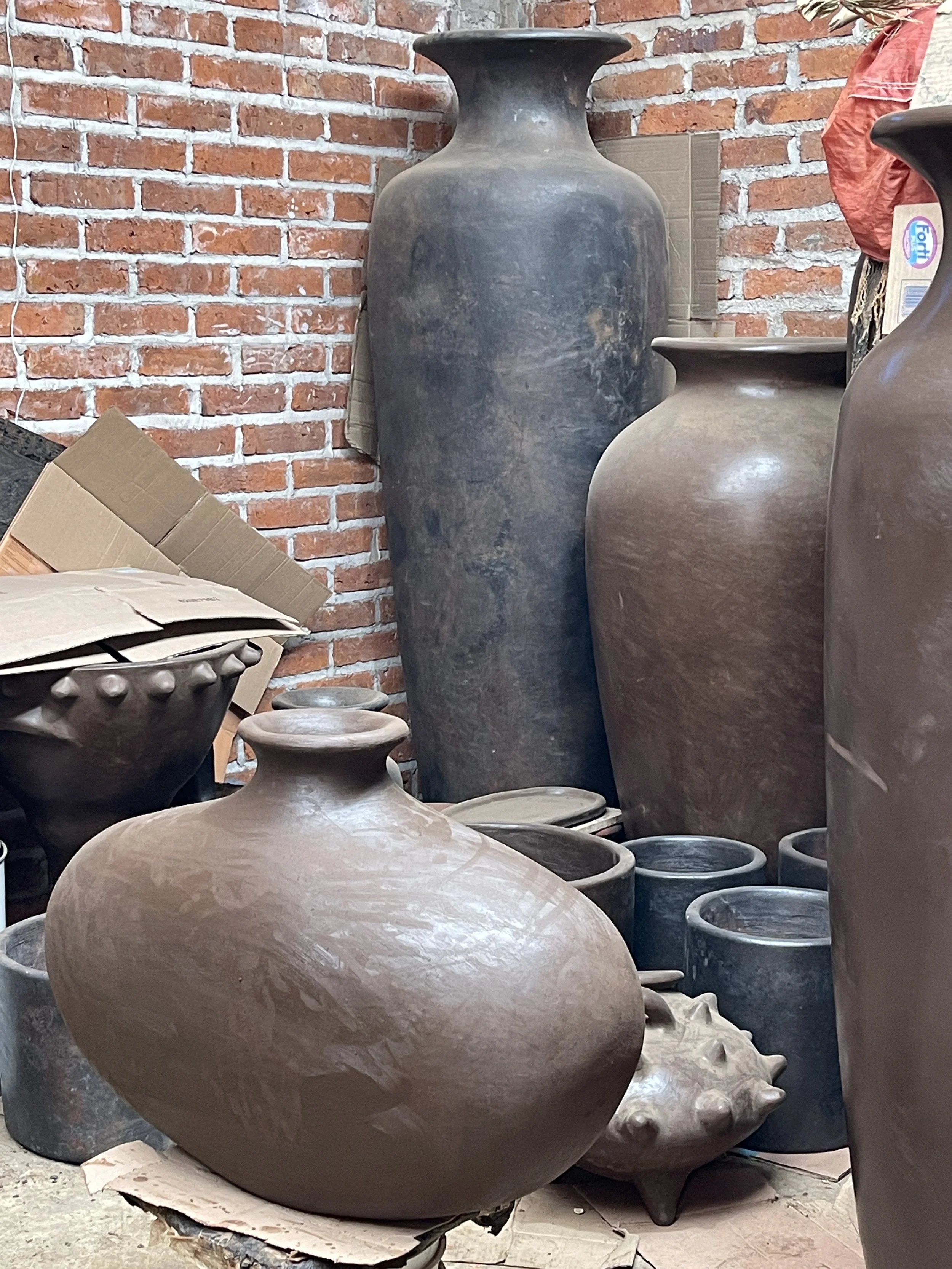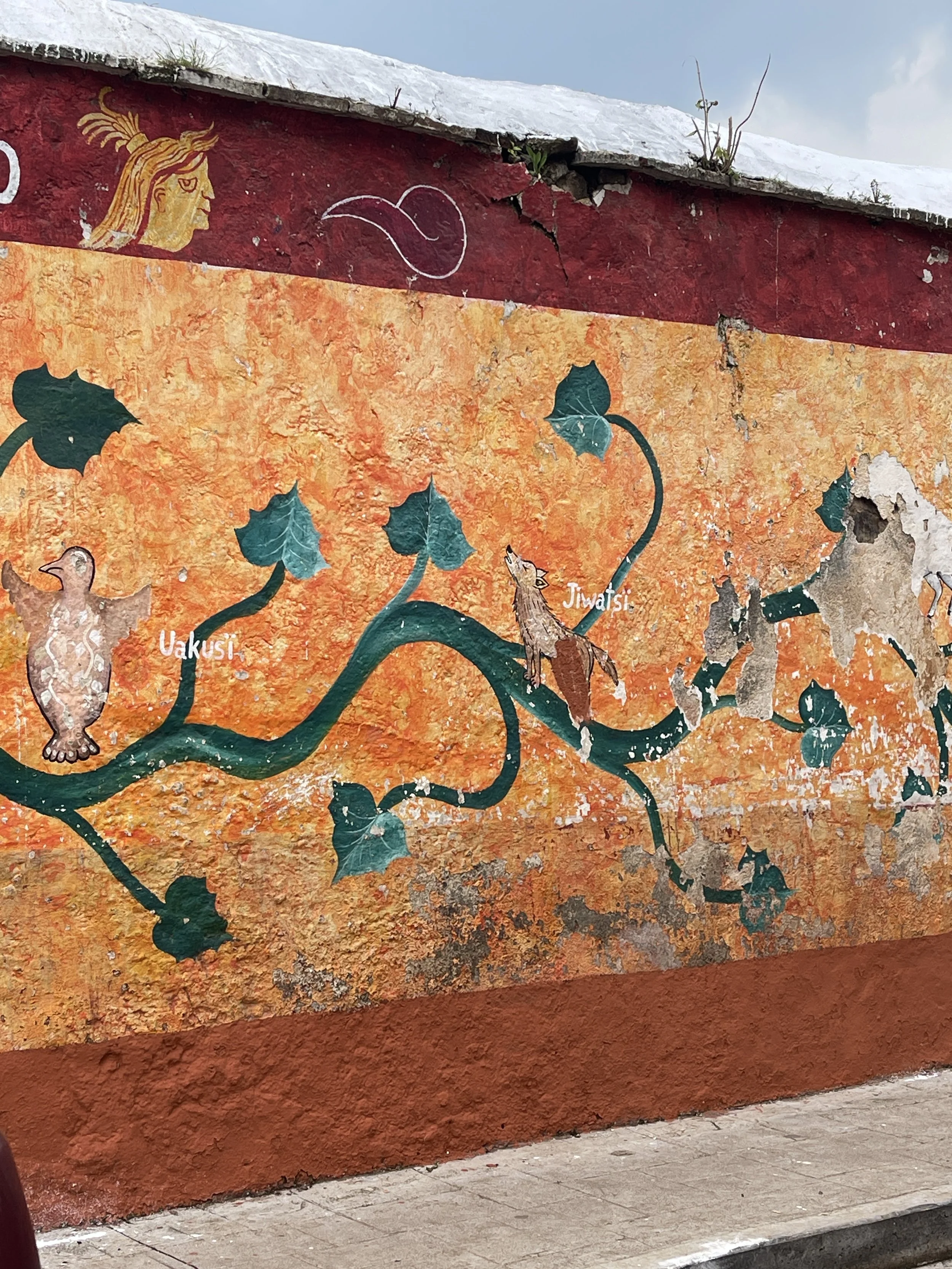Discover Michoacán, Mexico
Last month I had the amazing opportunity to join Regan from RB Curated on her sourcing trip in Michoacán, Mexico! Let me tell you, it was pretty incredible! We visited 27 artisan communities in just 8 days. Our bodies were exhausted, but our souls were full of inspiration, our tummies full of yummy food, and my bag a bit heavier with a few reference products I purchased.
Traveling through Latin America—from Guatemala to Peru to Michoacán—I’m always struck by how connected it all feels. The warmth, the color, the craft, the history. Keep reading to discover four shared threads I noticed, and what made Michoacán magical.
Latin American culture is warm and inviting…
Every artisan that we visited in Michoacán welcomed us into their workshop with a friendly openness - a culture we always try to embrace at Casa Flor Designs. When we walked into each artisan’s workshop, we kept in mind that most artisans work from their homes. We aren’t just vising a factory or workshop - it’s their home. We see their kitchens, the garden patios, and their families going about their days. It is such a privilege to be invited into their sacred space. Ever wonder why we call ourselves Casa Flor? “Casa” means house in Spanish, where every artisan made product is created.
For every workshop we said “Permiso” to ask permission to enter their space. In some workshops we were able to share a meal with the head artisan - a particular favorite for us where we can get to know the artisans on a deeper level. During our shared lunch with Pedro I learned that he made his first ceramic Piña (Pineapple) when he was 17 - and it was HUGE! In another home workshop, we even ended up having a full-on fashion show. When the head artisan chose the song for our model walks, he picked “Pretty Woman.” I love moments like these when we can laugh together. Yes, we’re all running a business, but life is about building meaningful connections. Laughing together takes the seriousness out of what we do and reminds us why we love handmade products in the first place, it’s all about being human.
A traditional patio of a home workshop
Clothes drying on the line, family pets snoozing, handmade ceramics tucked into the garden. Behind this view, the family was preparing pozole.
The techniques we see are more than a skill, it is generational knowledge…
In each family workshop I was touched by the framed photographs hung on the walls surrounding each show room. Most of the photographs included 3 generations! And we saw the up-and-coming younger generation playing with the workshop pets or helping to take care of their siblings. I found myself dreaming about growing up in such a space. The creativity is just a part of who you are! It’s not a skill or perspective of life you can learn in design school, the creativity is in their blood.
The Reyes Family - generations of ceramicists specializing in large scale candle oberas.
The techniques we saw were diverse, even though each artisan used the same base materials…
The cotton threads or clay available to the artisans in each town seemed to be equally accessible. But the diversity of techniques from one town to the next, in just a short distance driving, kind of blew our minds. And even more interesting, each town seemed to specialize in just one technique. It was so similar to the wonderful diversity found in the traditional huipiles woven in each different town in Guatemala! What stood out to me in Michoacán was the many international and national awards that were hung on the walls of each workshop. I love the pride they have in sharing their accomplishments with their visitors, and I wish that more of the artisans we partner with in Guatemala had opportunities like this! (I will be looking into it). In one town, we even stumbled upon a community organized art competition at the Hospital Publico - a community gathering where one family from the community cooks for the entire town! There were pine needles on the ground, live music, and everyone was dressed in their best traditional outfits, sharing a meal together, and walking around to check out the art that was on display.
The future is indigenous…
It was amazing to learn about the Purepecha culture, who resisted the Aztecs and still exists today. It was fascinating to see how Colonization has blended with indigenous cultures over hundreds of years to be what it is today. It was humbling to hear accounts of how indigenous communities fight for their autonomy today. In every Latin American country I have visited, the indigenous cultures lead their communities in protecting the earth, their languages, and culture - including design!
Native Language Vocabulary Mural on a School Wall

